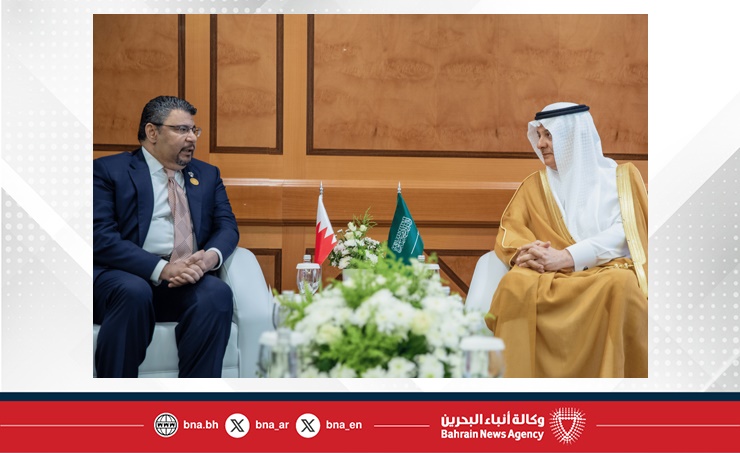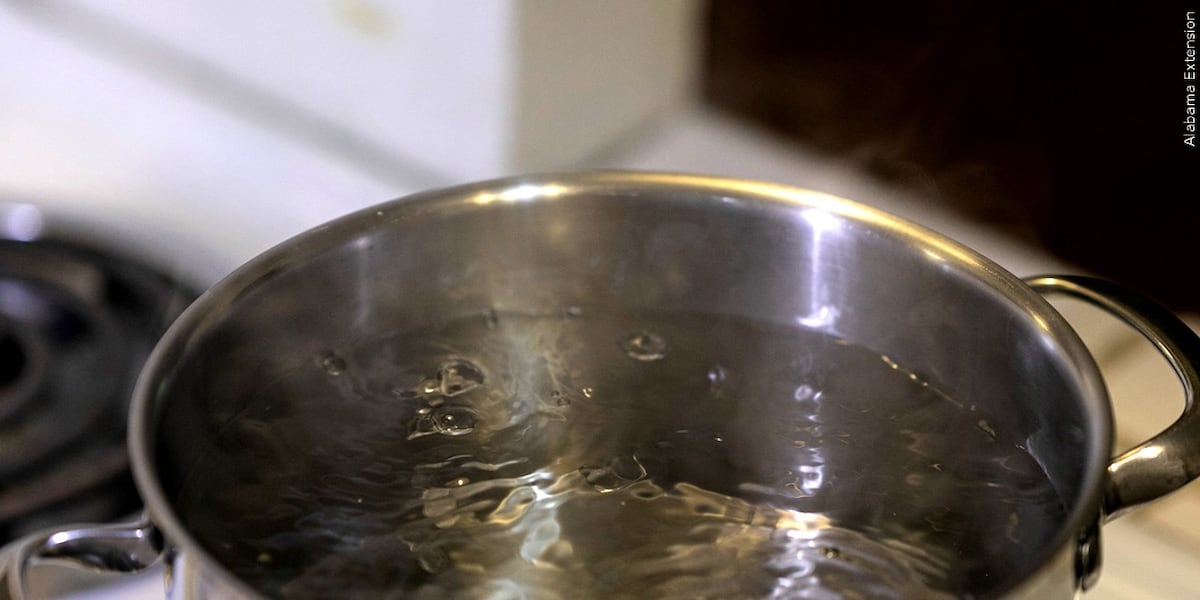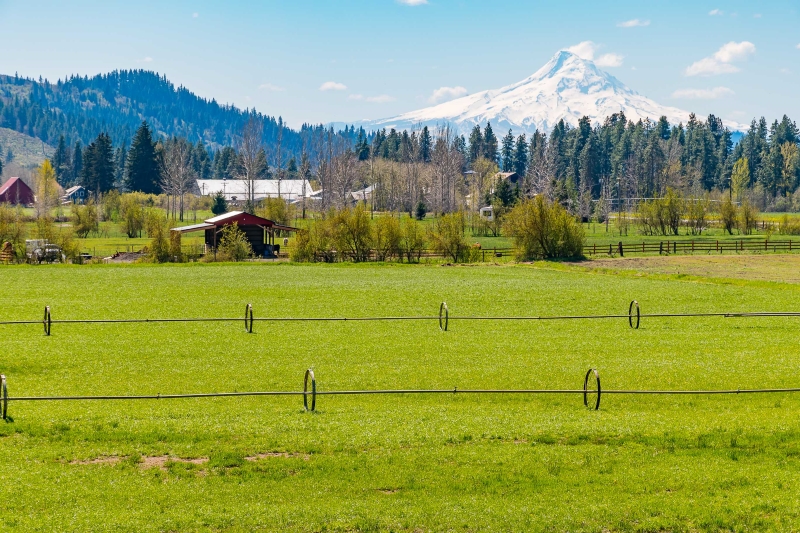Report on Bilateral Meetings at the 5th OIC Ministerial Session on Water
Bahrain-Saudi Arabia Bilateral Meeting: Strengthening Cooperation for Water Security and SDGs
- Participants: Yasser bin Ibrahim Humaidan, Minister of Electricity and Water Affairs of Bahrain, and Abdulrahman bin Abdulmohsen AlFadhley, Minister of Environment, Water and Agriculture of Saudi Arabia.
- Venue: Jeddah, Saudi Arabia, on the sidelines of the fifth session of the Organisation of Islamic Cooperation (OIC) Ministers Responsible for Water.
- Advancing SDG 6 (Clean Water and Sanitation): Discussions centered on strengthening cooperation in the sustainable management of water resources. This included exchanging expertise in desalination, water treatment, and reuse to ensure availability and sustainable management of water for all.
- Leveraging SDG 9 (Industry, Innovation and Infrastructure): The ministers addressed the need to expand the use of innovation and modern technologies in water production and distribution. They reviewed opportunities for developing resilient water and energy infrastructure projects that support long-term water security.
- Fostering SDG 17 (Partnerships for the Goals): Both parties affirmed their commitment to enhancing bilateral cooperation. Minister Humaidan highlighted Saudi Arabia’s role in supporting joint regional initiatives, underscoring the importance of partnerships in achieving water sustainability goals.
Bahrain-Somalia Bilateral Meeting: Fostering Partnerships for Water Resource Management
- Participants: Yasser bin Ibrahim Humaidan, Minister of Electricity and Water Affairs of Bahrain, and Abdullahi Bidhaan Warsame, Minister of Energy and Water Resources of the Federal Republic of Somalia.
- Enhancing Capacities for SDG 6 (Clean Water and Sanitation): The meeting focused on enhancing bilateral cooperation in the water sector. Discussions included leveraging Bahrain’s expertise in groundwater management and water quality improvement to support Somalia’s water resource management efforts.
- Building Infrastructure Aligned with SDG 9 (Industry, Innovation and Infrastructure): The ministers reviewed cooperation opportunities in developing water networks, improving resource efficiency, and advancing desalination and storage technologies to build resilient infrastructure.
- Establishing Technical Partnerships for SDG 17 (Partnerships for the Goals): A key outcome was the agreement to form a joint technical team. This team will study future cooperation opportunities in water network development and desalination, facilitating the exchange of technical and administrative expertise to support sustainable water resources management.
Analysis of SDGs in the Article
1. Which SDGs are addressed or connected to the issues highlighted in the article?
-
SDG 6: Clean Water and Sanitation
- The article’s primary focus is on managing water resources, sustainability, water production, distribution, desalination, treatment, and reuse. These topics are central to SDG 6, which aims to ensure the availability and sustainable management of water and sanitation for all.
-
SDG 7: Affordable and Clean Energy
- The text mentions cooperation in “water and energy infrastructure projects” and exchanging expertise in “water and energy”. This connection is crucial as water processes like desalination are energy-intensive, linking water security directly to sustainable energy management.
-
SDG 9: Industry, Innovation, and Infrastructure
- The article emphasizes the “use of innovation and modern technologies in water production and distribution,” “advancing desalination and storage technologies,” and developing “water and energy infrastructure projects.” This aligns with SDG 9’s goal of building resilient infrastructure and fostering innovation.
-
SDG 17: Partnerships for the Goals
- The entire article describes bilateral and multilateral cooperation. The meetings between ministers from Bahrain, Saudi Arabia, and Somalia to “strengthen cooperation,” “exchange expertise,” and form a “joint technical team” are direct examples of the partnerships required to achieve the SDGs.
2. What specific targets under those SDGs can be identified based on the article’s content?
-
Targets under SDG 6 (Clean Water and Sanitation)
- Target 6.3: Improve water quality by substantially increasing recycling and safe reuse. This is directly addressed by the discussion on exchanging expertise in “treatment, and water reuse” and “water quality improvement.”
- Target 6.4: Substantially increase water-use efficiency and ensure sustainable withdrawals. The article mentions enhancing “resource efficiency” and achieving “water sustainability” through “sustainable water resources management.”
- Target 6.5: Implement integrated water resources management at all levels, including through transboundary cooperation. The meetings between nations to discuss “managing water resources” and support “joint regional efforts” are a clear implementation of this target.
- Target 6.a: Expand international cooperation and capacity-building support in water-related activities. The cooperation between Bahrain, Saudi Arabia, and Somalia on “desalination,” “developing water networks,” and the exchange of “technical and administrative expertise” is a direct example of this target.
-
Targets under SDG 9 (Industry, Innovation, and Infrastructure)
- Target 9.1: Develop quality, reliable, sustainable and resilient infrastructure. This is reflected in the discussions about developing “water and energy infrastructure projects” and “water networks.”
- Target 9.4: Upgrade infrastructure and retrofit industries to make them sustainable, with increased resource-use efficiency and greater adoption of clean technologies. The focus on “innovation and modern technologies,” “resource efficiency,” and “advancing desalination and storage technologies” aligns with this target.
-
Targets under SDG 17 (Partnerships for the Goals)
- Target 17.6: Enhance regional and international cooperation on and access to science, technology and innovation. The meetings aimed at the “exchange of expertise” in desalination, water management, and technology are a direct application of this target.
- Target 17.9: Enhance international support for implementing effective and targeted capacity-building in developing countries. The agreement to form a “joint technical team” between Bahrain and Somalia to exchange “technical and administrative expertise” is a form of targeted capacity-building.
3. Are there any indicators mentioned or implied in the article that can be used to measure progress towards the identified targets?
- The article focuses on agreements and intentions rather than quantitative data, so the indicators are implied through the planned activities.
- Implied Indicator for Target 6.3: The proportion of wastewater safely treated and reused. The commitment to exchange expertise in “treatment, and water reuse” implies an intention to increase this proportion.
- Implied Indicator for Target 6.4: Change in water-use efficiency. The goal to improve “resource efficiency” suggests that measuring this change would be a key metric for success.
- Implied Indicator for Target 6.a & 17.9: The amount of water-related development assistance and technical cooperation. The formation of a “joint technical team” and the agreement to “exchange expertise” are qualitative measures of progress towards this indicator.
- Implied Indicator for Target 9.1: The development of new infrastructure. Progress could be measured by the number and scale of new “water networks” and “water and energy infrastructure projects” developed as a result of the cooperation.
- Implied Indicator for Target 17.6: The number of cooperation agreements. The meetings and agreements described in the article themselves serve as an indicator of increased international cooperation on technology and knowledge sharing.
4. SDGs, Targets, and Indicators Table
| SDGs | Targets | Indicators (Implied from the article) |
|---|---|---|
| SDG 6: Clean Water and Sanitation | 6.3: Improve water quality, treatment, and reuse. 6.4: Increase water-use efficiency. 6.5: Implement integrated water resources management. 6.a: Expand international cooperation in water activities. |
– Increased proportion of safely treated and reused water. – Measured improvements in water-use efficiency. – Implementation of joint regional water management plans. – Number of technical cooperation agreements on water. |
| SDG 7: Affordable and Clean Energy | 7.a: Enhance international cooperation for access to clean energy technology and infrastructure investment. | – Joint investments in water and energy infrastructure projects. |
| SDG 9: Industry, Innovation, and Infrastructure | 9.1: Develop sustainable and resilient infrastructure. 9.4: Upgrade infrastructure with clean and sustainable technologies. |
– Development of new water networks and infrastructure. – Adoption rate of modern technologies in desalination and water distribution. |
| SDG 17: Partnerships for the Goals | 17.6: Enhance international cooperation on science, technology, and innovation. 17.9: Enhance capacity-building support to developing countries. |
– Number of agreements for exchanging expertise. – Formation of joint technical teams for capacity-building. |
Source: oananews.org







